London
Summary
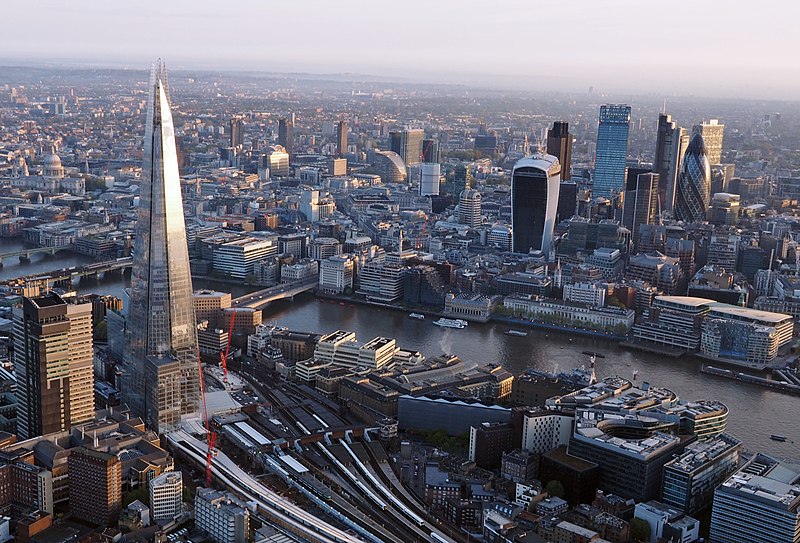
London is the official capital city of England and the greater United Kingdom. London is a city like no other, with years of development and change. From its establishment in 47 AD to the modern headquarters of British politics and finance, it is consistently regarded as one of the most important cities in the world. The Greater London area is made up of 32 official boroughs and one city. The ‘City of London’ lies in the center of Greater London surrounded by boroughs. The 32 boroughs of London are: Westminster, Tower Hamlets, Camden, Lambeth, Greenwich, Kensington & Chelsea, Southwark, Islington, Brent, Croydon, Hammersmith & Fulham, Hillingdon, Newham, Hackney, Wandsworth, Harrow, Sutton, Lewisham, Barking & Dagenham, Bromley, Richmond Upon Thames, Ealing, Hounslow, Merton, Redbridge, Bexley, Havering, Enfield, Barnet, Kingston Upon Thames, Waltham Forest, and Haringey. London is best known for a wide variety of features. Architecture, from ornamented, classical Georgian streets, to modern glass and steel skyscrapers; Cuisine that combines intercontinental flavors and ingredients. Every part of the city has completely unique features and experiences. London currently has almost 9 million citizens and sits at 1,572 km² in size. London also holds the title as 3rd most diverse city on earth with citizens from past British colonies, India, Egypt, Pakistan, etc., refugees from areas of The Middle East and Northern Africa, students and settlers from The US and Europe, and so on.
Facts
- Sadiq Khan of The Labour Party is the current mayor of London
- The Pound Sterling is the legal currency used in London
- London has four UNESCO world heritage sites across the city
- London uses Plug Type G
- The language spoken across England and in London is English
- London is a part of The GMT +1 Time Zone
- The River Thames runs through the city of London
- 35 bridges in total cross The Thames in London
- The oldest underground rail network is located in London
- American Embassy in London: 33 Nine Elms Ln, London
Food & Drink
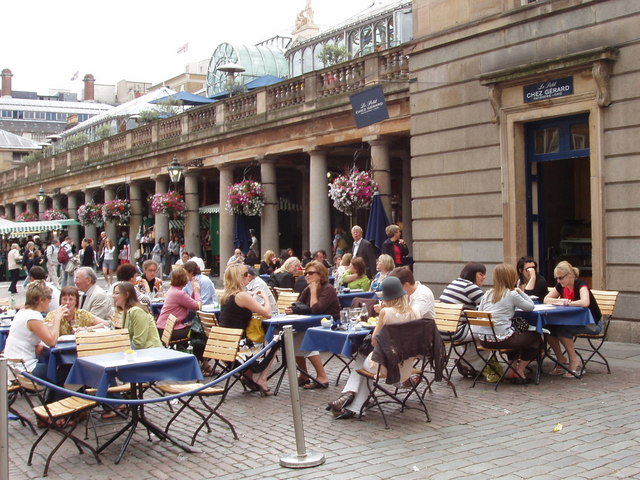
Often regarded as a melting pot of culture, London is a very diverse city with many foreign restaurants, stalls, and cafes. Both Indian and Pakistani food find their way into restaurants and bistros around the city, and the country as a whole. Chicken Tikka Masala is the national dish after all. Fine dining is to be expected in certain parts of the city for those that have expensive tastes, London also holds 6th place for the amount of Michelin Star restaurants with 75. A selection of the top restaurants in London (that we would recommend) include: BiBi, Inamo, Akoko, Dishoom, The Clove Club, and NEGRONI’S. London also contains a central Chinatown district, North of Trafalgar Square. The area is filled to the brim with culinary pleasure, certainly worth exploring.
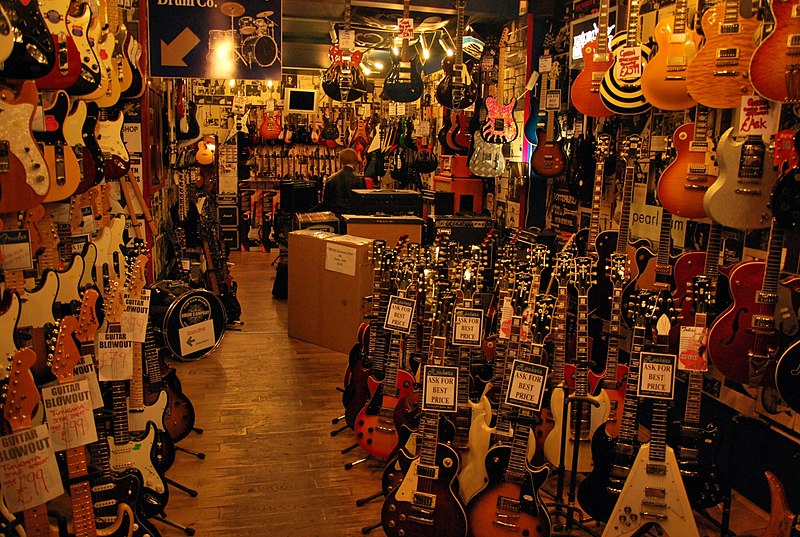
Music
With a very wide range of genres and musical categories, here are some of the biggest names coming out of London: Queen (Freddie Mercury, Brian May, Roger Taylor, John Deacon), Led Zeppelin (Jimmy Page, John Bonham, John Paul Jones, Robert Plant), David Bowie, The Rolling Stones (Mick Jagger, Ronnie Wood, Brian Jones, Mick Taylor, Charlie Watts, Keith Richards, Ian Stuart, Bill Wyman), Adele, Fleetwood Mac (Mick Fleetwood, Stevie Nicks, John McVie, Jeremy Spencer, Bob Weston, Christine McVie, Lindsey Buckingham, Dave Mason, Danny Kirwan, and many more), Coldplay (Johnny Buckland, Guy Berryman, Will Champion, Chris Martin, Phil Harvey), Sex Pistols (Johnny Rotten, Steve Jones, Glen Matlock, Sid Vicious, Paul Cook), Dua Lipa, Rod Stewart, Pink Floyd (Syd Barrett, Roger Waters, David Gilmour, Nick Mason, Richard Wright), Amy Winehouse, Iron Maiden (Steve Harris, Bruce Dickinson, Dave Murray, Bob Sawyer, Paul Todd, Tony Parsons, Janick Gers, Barry Purkis, Doug Sampson, and many more), The Who (Roger Daltrey, Keith Moon, Kenney Jones, Gabby Connolly, Pete Townshend, John Entwistle, Colin Dawson, Doug Sandom), MF DOOM, King Crimson (Peter Giles, Jamie Muir, Greg Lake, Peter Sinfield, Jeremy Stacey, Mel Collins, John Wetton, Trey Gunn, Gavin Harrison, and many more), Stormzy, One Direction (Harry Styles, Liam Payne, Niall Horan, Louis Tomlinson, Zayn Malik), The Police (Sting, Henry Padovani, Stewart Copeland, Andy Summers), Elton John, Spice Girls (Emma Bunton, Geri Halliwell, Victoria Beckham, Melanie B, Melanie C), Wham!, Blur (Damon Albarn, Alex James, Dave Rowntree, Graham Coxon), Estelle, and many, many more. As you can observe from this long list, that barely scratches the surface, London is an extremely significant city in music. With rock bands like Queen and The Rolling Stones, pop singers like Adele and Dua Lipa, the city is packed full of musical talent. Every genre has a place in the city.
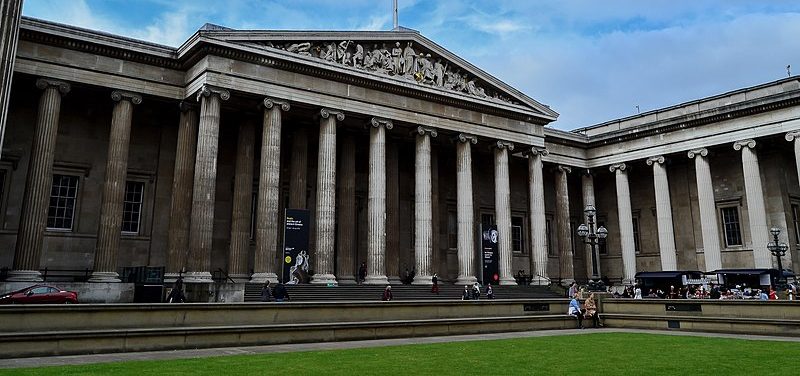
Attractions
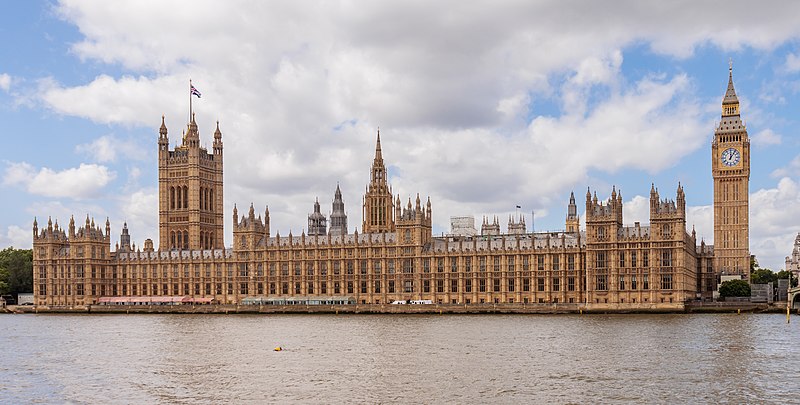
- Big Ben/Palace of Westminster
- Tower of London
- 30 St Mary Axe, The Gherkin
- The British Museum
- Borough Market
- Somerset House
- St. Paul’s Cathedral
- The O2
- Buckingham Palace
- The Shard
- Victoria and Albert Museum
- The National Gallery
- Trellick Tower
- Abbey Road
- London Eye
- Tower Bridge
- Westminster Abbey
- The Barbican
- Kensington Palace
- Battersea Power Station
- 20 Fenchurch St, The Walkie-Talkie
- Westfield Mall
- Imperial War Museum
- Regent St.
- Tate Britain
- ABBA Arena
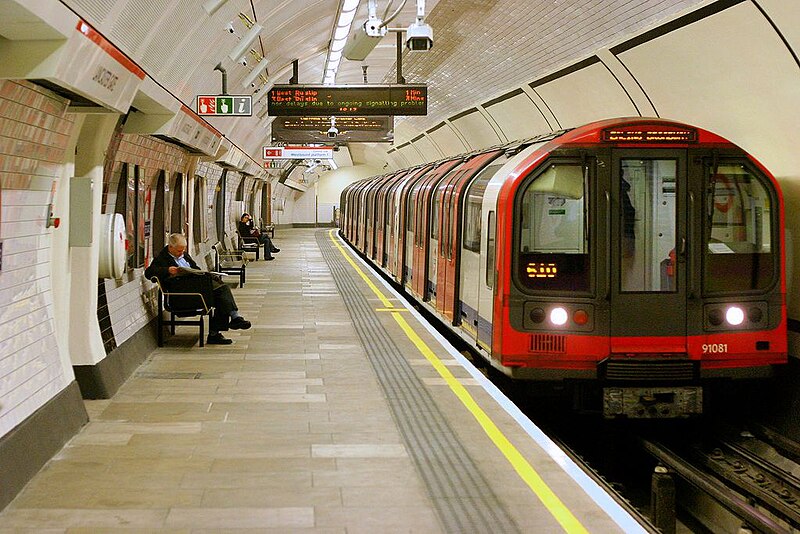
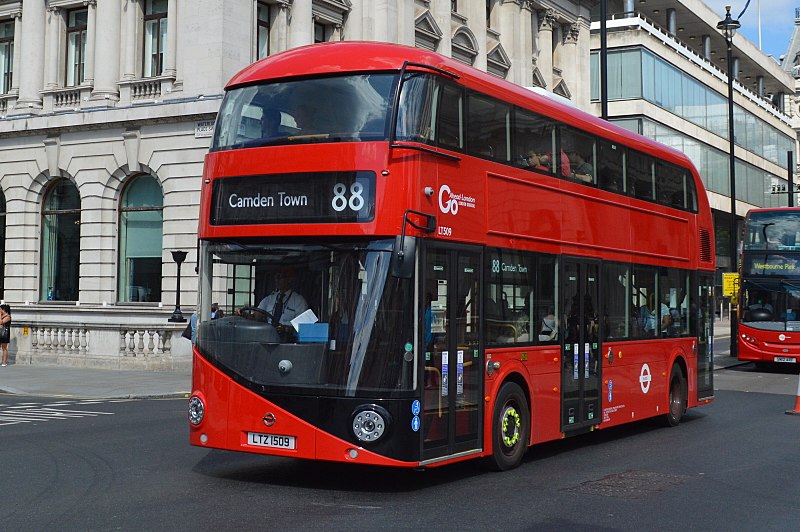
Transport
- The London Underground: Arguably the most iconic mode of transportation in the city, London has 11 tube lines, some of the most important being: The Victoria Line, Jubilee Line, Waterloo & City Line, and The Circle Line. Some lines, The Piccadilly, Elizabeth, or Central, are mostly at ground level and can connect London to its outer suburbs and towns. The London Tube is a great choice if you need to be somewhere quickly, plus, it is far better for the environment than cars or buses are.
- Black Cabs/Taxis: London is known additionally for its taxis officially known as Hackney Carriages/Cabs. They have gained a reputation for their prominence in the city and ease of recognition. Despite being greatly expensive, they will likely drive most places in Central London, as the drivers are trained extensively to memorize important streets and attractions.
- Double-Decker Buses: London was the first city to have buses and is likely most well-known for them. Buses in London are mostly red, many with 2 floors. The UK is a very pro-bus country, with buses able to take you practically anywhere. Buses are definitely a mode of transport cheaper than the last two, but is still subject to traffic and other roadblocks.
- Cycling: In recent years, London has made an effort to build bike lanes and preserve areas that are commonly cycled upon. Although, it has become a political hardship to introduce due to the car-centric nature of The UK. However, cycling is amazing for the environment and valuable to your health, thereby it should certainly be considered when deciding on a method of conveyance throughout the city.
Airport(s)
- London City Airport
- Heathrow Airport
- London Gatwick Airport
- London Southend Airport
- London Stansted Airport
- Luton Airport
Architecture
London’s architectural landscape has undergone significant transformation throughout Great Britain’s history. Established by The Roman Empire in 47 AD, the city shared much in common with other European cities at the time. However, many of the cramped streets and Romanesque buildings have been reconstructed to fit the needs of today. Most, if not all, of Roman and Anglo Saxon London was located within the ‘City of London’, which is smaller than each 32 modern-day London boroughs. This area is still full with history however, in 1666, The Great Fire of London took place destroying an estimated 60% of the city. In the rebuilding of London large features of the city’s history were erased as cramped, disorderly streets were replaced with wide, clean ones. Orderly Georgian architecture then became prominent throughout the city with buildings such as Buckingham Palace and St. Paul’s Cathedral being constructed. London would begin to expand rapidly into local farmland with the introduction of The Industrial Revolution. Modern day suburbs and social housing began construction with the use of bricks and concrete instead of stone from regional quarries. Accommodation could now be assembled extremely quickly with a lack of ornamentation and detail. The aftermath of WW2 saw the installation of Brutalist social housing plans to accommodate the growing population (also heightened by increased immigration). Modern minimalist skyscrapers become common throughout the center of city entering the 21st Century, made typically with glass and concrete.
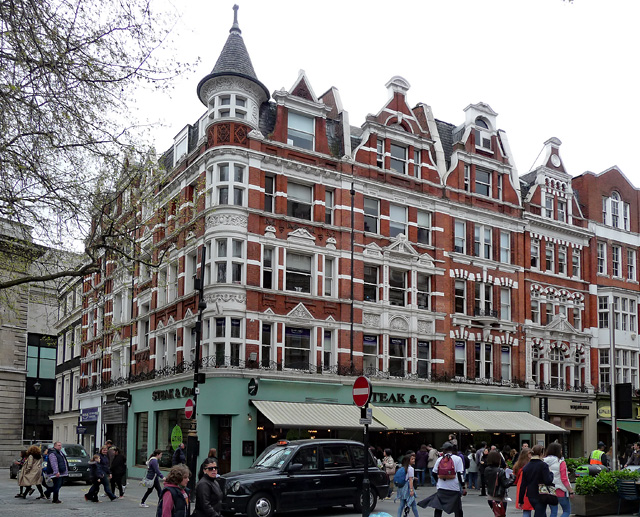
Victorian
The Victorian Era refers to the period of Queen Victoria’s reign in The United Kingdom (1837-1901). Different forms of Victorian architecture have existed in the past, like that of the American Victorian houses, mostly located in San Francisco and The Deep South/Georgia, Mississippi, Louisiana, etc. However, British Victorian architecture features typically grand buildings of an orange/brown shade, plenty of windows, consistently bearing spires and slanted roofs with dormer windows, potentially featuring a clock tower or suspended walkway (of course depending on the buildings use). Victorian architecture has a lot in common with Gothic and Georgian styles of building in particular. Some of the most important Victorian buildings in London include: St Pancras Station, Palace of Westminster, Royal Albert Hall, Victoria Palace Theatre, and The Royal Courts of Justice. Islington, Westminster, and Kensington all have a decent amount of Victorian architecture to explore.
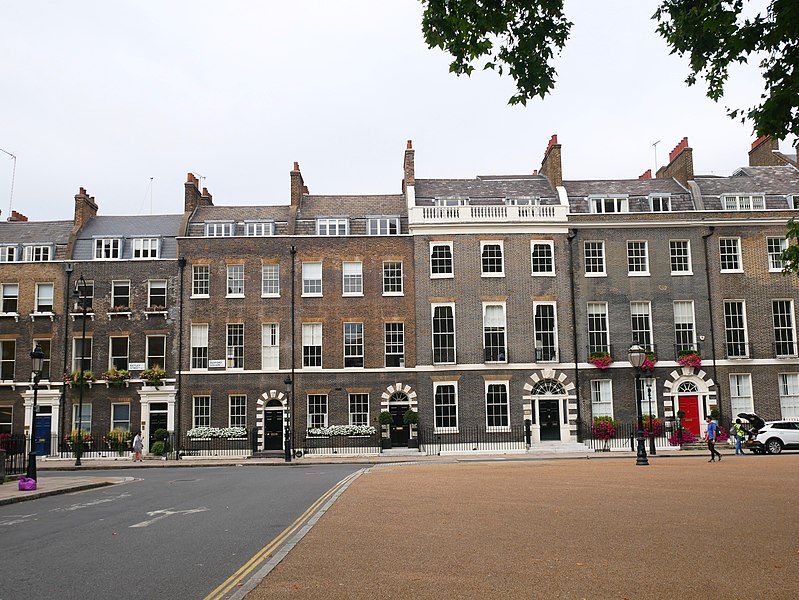
Georgian
Georgian architecture is a rough description of architectural styles used during the 18th and 19th centuries. While the style does not have a very strict stereotype, Georgian architecture in London is often significantly recognizable. Georgian manors and row houses are often orange, brown, or grey in color, commonly with white outlining and dark grey or blue roofs. They also traditionally display dormer windows, chimneys, relative exterior ornamentation, pillars, and (usually black) window shutters. Georgian architecture typically takes an imposing, orderly posture, similar to the rectangular nature of Neo-Classical buildings like The White House. Georgian manors and mansions can be found in London’s outer boroughs, Bexley, Kingston, Richmond, etc. While terraced Georgian row-houses fill the streets in Kensington, Hammersmith, Camden, Battersea, Westminster, etc. Georgian architecture is able to distinguish itself from Victorian mostly by its shape, with Victorian architecture typically having a less restricted/rectilinear frame.
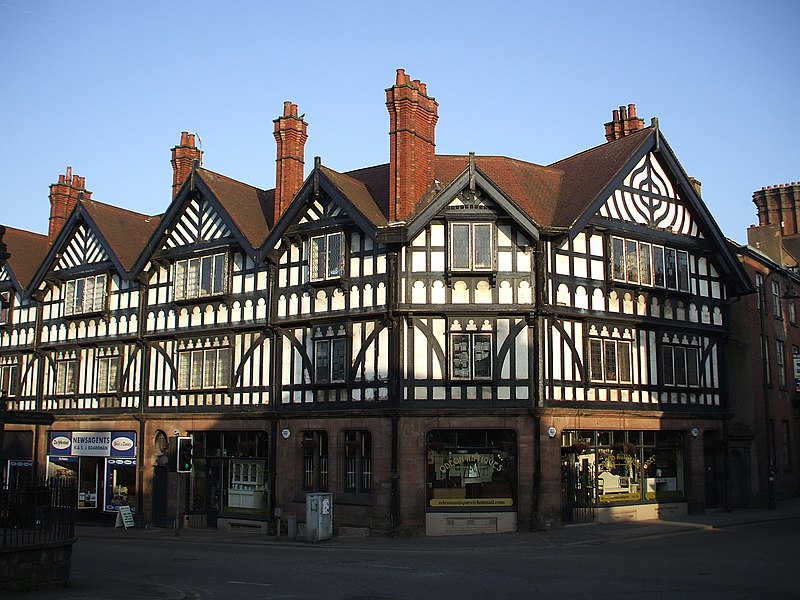
Tudor
Tudor architecture is among some of the most recognizable European styles. The Tudor period took place from the late 1400’s to early 1600’s across England. Tudor architecture is identifiable ascribed to its white and black color theme, use of masonry and stone, precarious posture, and protruding floors. Tudor buildings situated around London include: St James’s Palace, Staple Inn, Tower of London, St Bartholomew’s Gatehouse, and The Hampton Court Palace. Tudor-style architecture is most common around The ‘City of London’ and Westminster.
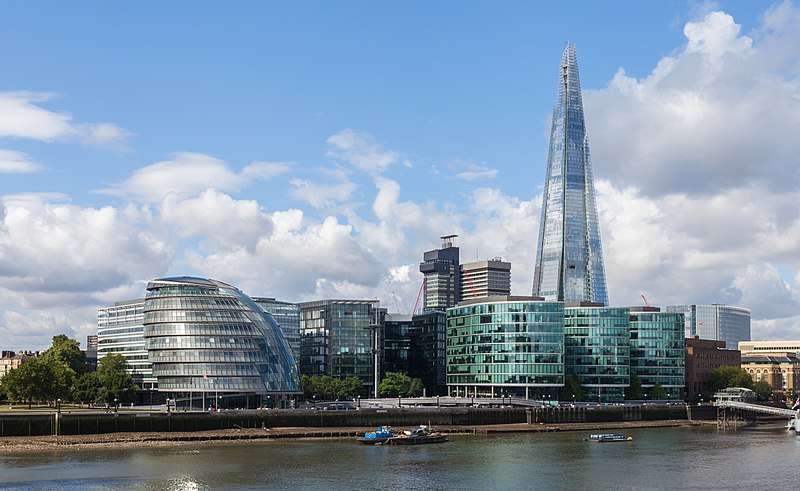
Modern
Modern architecture in general has a loose definition, however common factors that fabricate modern styles of architecture include: use of glass and concrete, grandeur, repetitive patterns and materials, minimalism, and significant height. As suggested by the name, Modern architecture came about around and throughout the last 100 years. Modern architecture often takes on impressive feats, the tallest building in London, and The UK, is The Shard, with an impressive 95 floors it is visible throughout the center of London. Other examples of Modern architecture throughout London involve: 30 St Mary Axe (The Gherkin), 20 Fenchurch St (The Walkie Talkie), The 02, The U.S. Embassy, BT Tower, Aquatics Centre, Heron Tower, and One Canada Square. Modern architecture is overwhelmingly common throughout The ‘City of London’, Tower Hamlets, and Southwark.
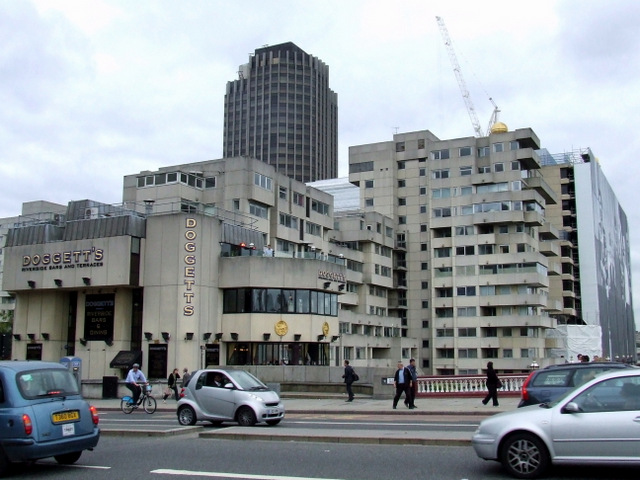
Brutalist
Brutalism is a controversial form of architecture that came about after The Second World War in Europe due to a considerable lack of housing. Brutalsim is presumably most well-known for its dominance in The Soviet Union and Eastern Europe under The Iron Curtain. However, brutalism emerged also in The UK mostly in public/social housing. Some see the style as liberating and representative of a new era in architecture, others see it as grey, dull, and depressing. Brutalism also gets a bad rep for common substandard conditions, many would argue that Brutalist architecture simply represents the governments lack of spending and development in deprived urban areas. Regardless, here are some of the most popular Brutalist structures in London: The Barbican, Trellick Tower, Lloyd’s Building, Centre Point, Ministry of Justice, National Theatre, and The Brunswick Centre. Typical Brutalist social housing can be found across Lambeth, Tower Hamlets, Greenwich, Haringey, Newham, Southwark, etc.
Places To Stay
It may be difficult to find the perfect place to stay in such a vast city as London. Here is a short list of accommodation within the city (in no particular order). Elements taken into account in this listing include: Value For Money, Location, Amenities, etc.
| Name | Class | Borough | Address | TripAdvisor |
| Kimpton Fitzroy | 5 Star ⭐ | Camden | 1-8 Russell Sq, London WC1B 5BE | 4.5 Excellent |
| Rosewood | 5 Star ⭐ | Camden | 252 High Holborn, London WC1V 7EN | 4.5 Excellent |
| Hotel Cafe Royal | 5 Star ⭐ | Westminster | 10 Air St, London W1B 5AB | 5.0 Excellent |
| The Resident Soho | 4 Star ⭐ | Westminster | 10 Carlisle St, London W1D 3BR | 5.0 Excellent |
| The Milestone Hotel and Residences | 5 Star ⭐ | Kensington & Chelsea | 1-3 Kensington Ct, London W8 5DL | 5.0 Excellent |
| Royal Lancaster | 5 Star ⭐ | Westminster | Lancaster Terrace, London W2 2TY | 5.0 Excellent |
| Vintry and Mercer | 5 Star ⭐ | City of London | 19-20 Garlick Hill, London EC4V 2AU | 5.0 Excellent |
| Hotel 41 | 5 Star ⭐ | Westminster | 41 Buckingham Rd, London SW1W 0PS | 5.0 Excellent |
| The Dixon, Tower Bridge Autograph Collection | 4 Star ⭐ | Southwark | 211 Tooley St, London SE1 2JX | 4.5 Excellent |
| Cove – Landmark Pinnacle | 4 Star ⭐ | Tower Hamlets | 15 Westferry Rd, London E14 8FQ | 4.5 Excellent |
City Score:7.33/10
1. Safety 5.86/10
- Protection From Violent Crime 6/10
- Protection From Fraud and Unlawful Gain 5.5/10
- Protection From Street Scams 4/10
- Protection From Gang Related Activity 3/10
- Protection From Dangerous Influence 8/10
- Protection From Hate Crime and Speech 7.5/10
- Political Protection 7/10
2. Standard of Living 5.64/10
- Economic Equality 2/10
- Employment Opportunity 6.5/10
- Access To Healthcare 6.5/10
- Access To Education 7/10
- Access To Affordable and Fair Housing 4/10
- Access To Recreational Spaces 7.5/10
- Political Equality 6/10
3. Urban Atmosphere 7.40/10
- Maintenance of Streets and Public Spaces 7/10
- Recreational Spaces 7.5/10
- Smart Use of Land 6/10
- Greenery and Scenery 8.5/10
- Recreational Opportunities 8/10
4. Economy 7.75/10
- Abundance of Independent Marketplaces/Stores 8.5/10
- Value of Currency 8.5/10
- Wealth Equality 1.5/10
- Economic Growth 10/10
- Supply and Demand of Resources 9/10
- Educated Population 9/10
- Foreign Export 8.5/10
- Working Conditions 7/10
5. Transport & Infrastructure 8.17/10
- Maintenance of Streets and Roads 7.5/10
- Access To Metro Network 10/10
- Access To Bus Network 9/10
- Access To Tram Network 3.5/10
- Airport Accessibility and Quality 9/10
- Unique or Prestigious Forms of Transport 10/10
- Cycling Infrastructure 6.5/10
- Connections To National Rail Service 10/10
- Walkability 8/10
6. Architecture 8.00/10
- Unique or Interesting Architecture Style 8/10
- General Architectural Beauty 5.5/10
- Effective Usage of Buildings 7.5/10
- Notable Architectural History 9.5/10
- Abundance of Notable Landmark Buildings 10/10
- Usage of Local Materials 7.5/10
7. Urban Planning 6.86/10
- Preservation of Nature 5/10
- 15 Minute City Concept 4.5/10
- Mixed Zoning 6.5/10
- Effective Population Density Management 6/10
- Thoroughly Implemented Transport Networks 9/10
- Consideration of Cultural Identity 8.5/10
- Dissimilar Construction of Infrastructure 8.5/10
8. Distinctiveness 9.17/10
- Presence in History and Politics 10/10
- Abundance of Museums & Galleries 10/10
- Unique Architectural Landmarks 10/10
- Unique Culinary Reputation 8/10
- Unique Musical Reputation 9.5/10
- Unique Employment Opportunities 7.5/10
9. Politics 7.08/10
- Strong and Effective Local Government 6/10
- Political Freedom 7.5/10
- Protection From Political Hate 7/10
- High Government Spending of Public Services 6.5/10
- Progressive Legislation 5.5/10
- Political Importance 10/10